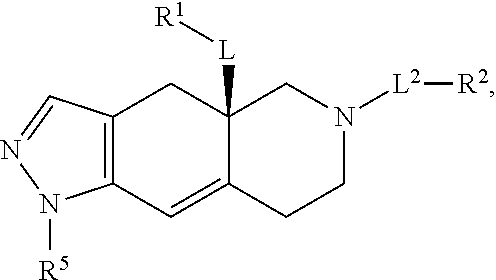Method for differentially diagnosing ACTH-dependent Cushing's syndrome
a technology of acth and cushing's syndrome, applied in the field of differential diagnosis of acth-dependent cushing's syndrome, can solve the problems of severe health problems, shortage of supply, and complex handling, and achieve the effect of increasing acth from the pituitary gland
- Summary
- Abstract
- Description
- Claims
- Application Information
AI Technical Summary
Benefits of technology
Problems solved by technology
Method used
Image
Examples
example 1
Diagnosis of Hypercortisolemia
[0212]A 45-year-old female visits her endocrinologist. She appears to have abdominal obesity, thin arms and legs, a round red face, and a fat lump between the shoulders. She has acne and reddish purple stretch marks in the body that are more than 1 cm wide. She describes having fragile skin that heals poorly, irregular menstruation, and she often feels changes in mood, headaches, and a chronic feeling of tiredness. Her physical examination records show that she has proximal muscle weakness and osteoporosis. Her blood tests indicate that she has low potassium, diabetes and elevated blood pressure. She has not been taken exogenous glucocorticoid drugs prior to this visit. Her endocrinologist suspects she has hypercortisolemia, and orders a late night saliva cortisol test for her.
[0213]She complies to the requirement not to brush, eat, or drink for 30 minutes prior to the saliva collection. At midnight she collected her saliva by placing a swab into her mo...
example 2
of Cushing's Syndrome
[0214]After diagnosis of hypercortisolemia, additional tests are ordered for her to determine whether she has Cushing's syndrome. First, a dexamethasone suppression test is performed. She is given 1 mg of dexamethasone at 11 pm, and the next morning her blood sample are collected between 8-9 am. Serum are collected from the blood and measured for cortisol using Mayo Clinic Test ID: CORT (http: / / www.mayomedicallaboratories.com / test-catalog / Clinical+and+Interpretive / 8545), according to manufacturer's instructions. Her serum cortisol level is 2.2 mcg / dl, consistent with the presence of Cushing's syndrome.
[0215]Next, a 24 hour urine collection is ordered to measure her urine free cortisol. 3 mL of her 24-hour urine specimen is collected into a container, with the addition of 10 gram of boric acid as a preservative. The sample is centrifuged and removed of precipitate before the assay. Cortisol content is analyzed using Mayo Clinic Test ID: COCOU, according to manufa...
example 3
of ACTH-Dependent Cushing's Syndrome
[0216]A blood test is then performed to determine her plasma ACTH level. 1 mL of whole blood sample is drawn from her in the morning. The blood is spun down in a refrigerated centrifuge and the plasma is immediately separated from cells. 0.5 mL of the plasma sample is assayed for ACTH using Mayo Clinic Test ID: ACTH, following the manufacturer's instructions (http: / / www.mayomedicallaboratories.com / test-catalog / Specimen / 8411). The result shows her plasma ACTH is 80 pg / mL, which indicates that she has ACTH-dependent Cushing's syndrome.
PUM
| Property | Measurement | Unit |
|---|---|---|
| dissociation constant | aaaaa | aaaaa |
| concentration | aaaaa | aaaaa |
| concentrations | aaaaa | aaaaa |
Abstract
Description
Claims
Application Information
 Login to View More
Login to View More - R&D
- Intellectual Property
- Life Sciences
- Materials
- Tech Scout
- Unparalleled Data Quality
- Higher Quality Content
- 60% Fewer Hallucinations
Browse by: Latest US Patents, China's latest patents, Technical Efficacy Thesaurus, Application Domain, Technology Topic, Popular Technical Reports.
© 2025 PatSnap. All rights reserved.Legal|Privacy policy|Modern Slavery Act Transparency Statement|Sitemap|About US| Contact US: help@patsnap.com



